God Has No Favourites — Lauren Forster Documents Her Mother’s Struggle with Cancer

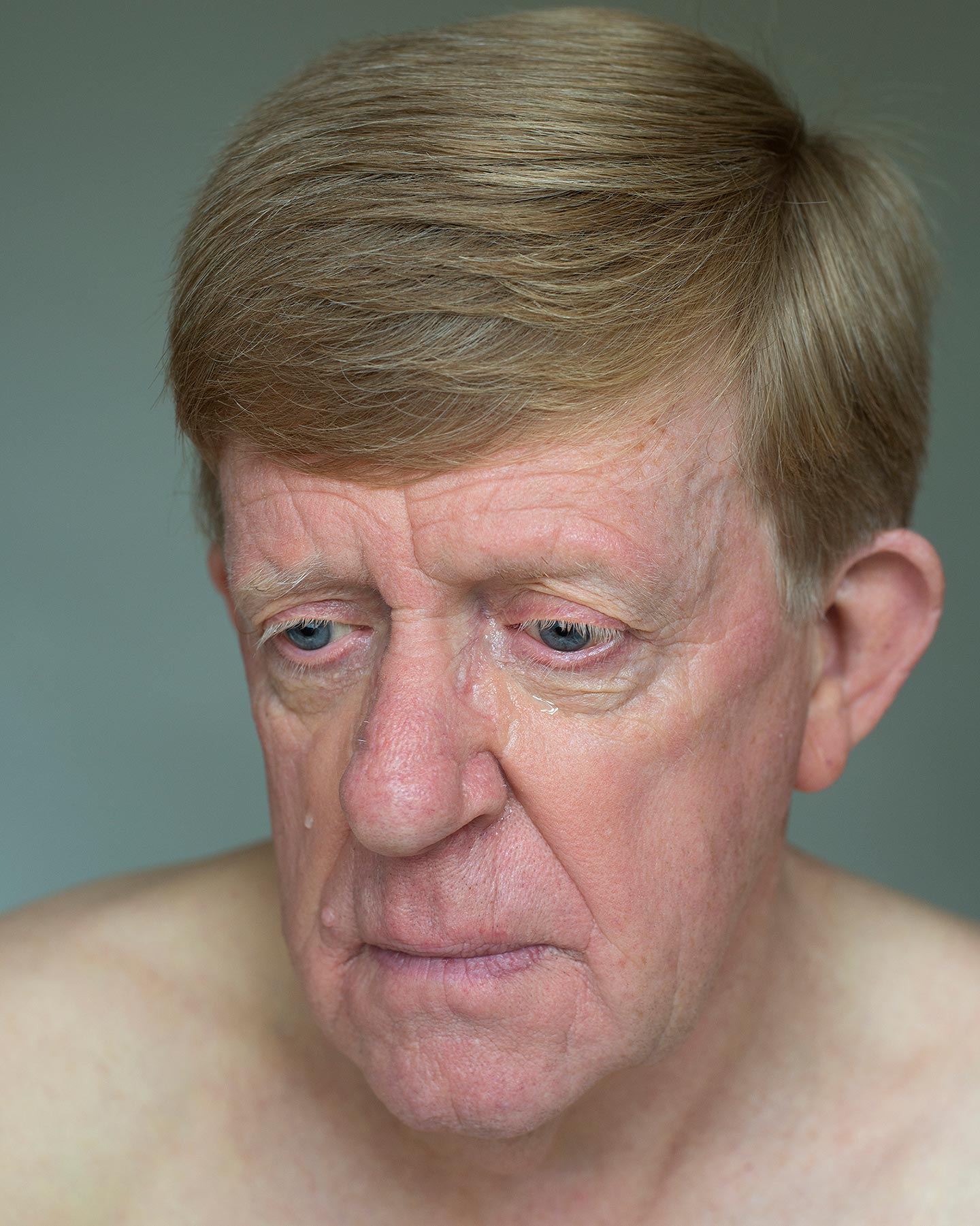

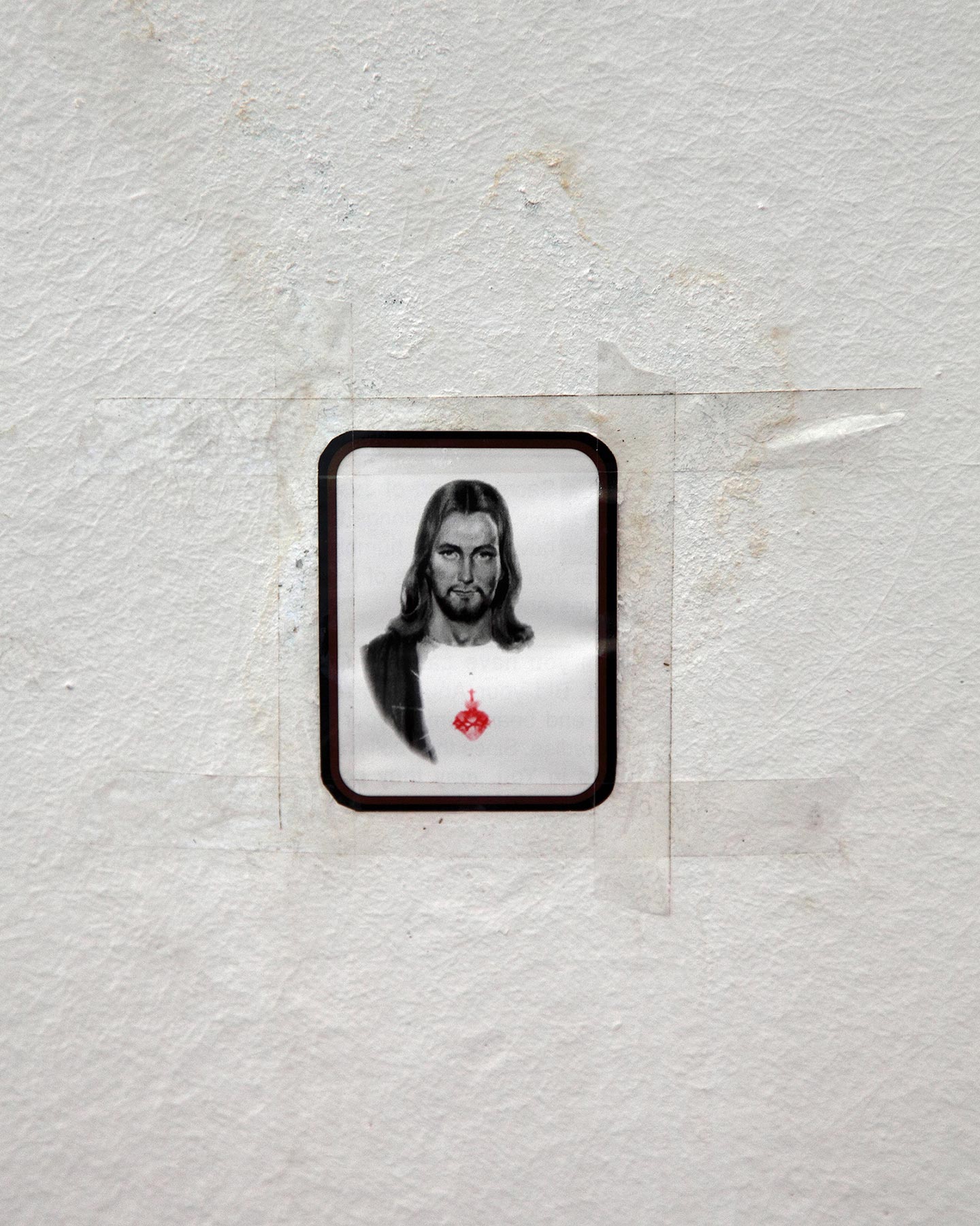
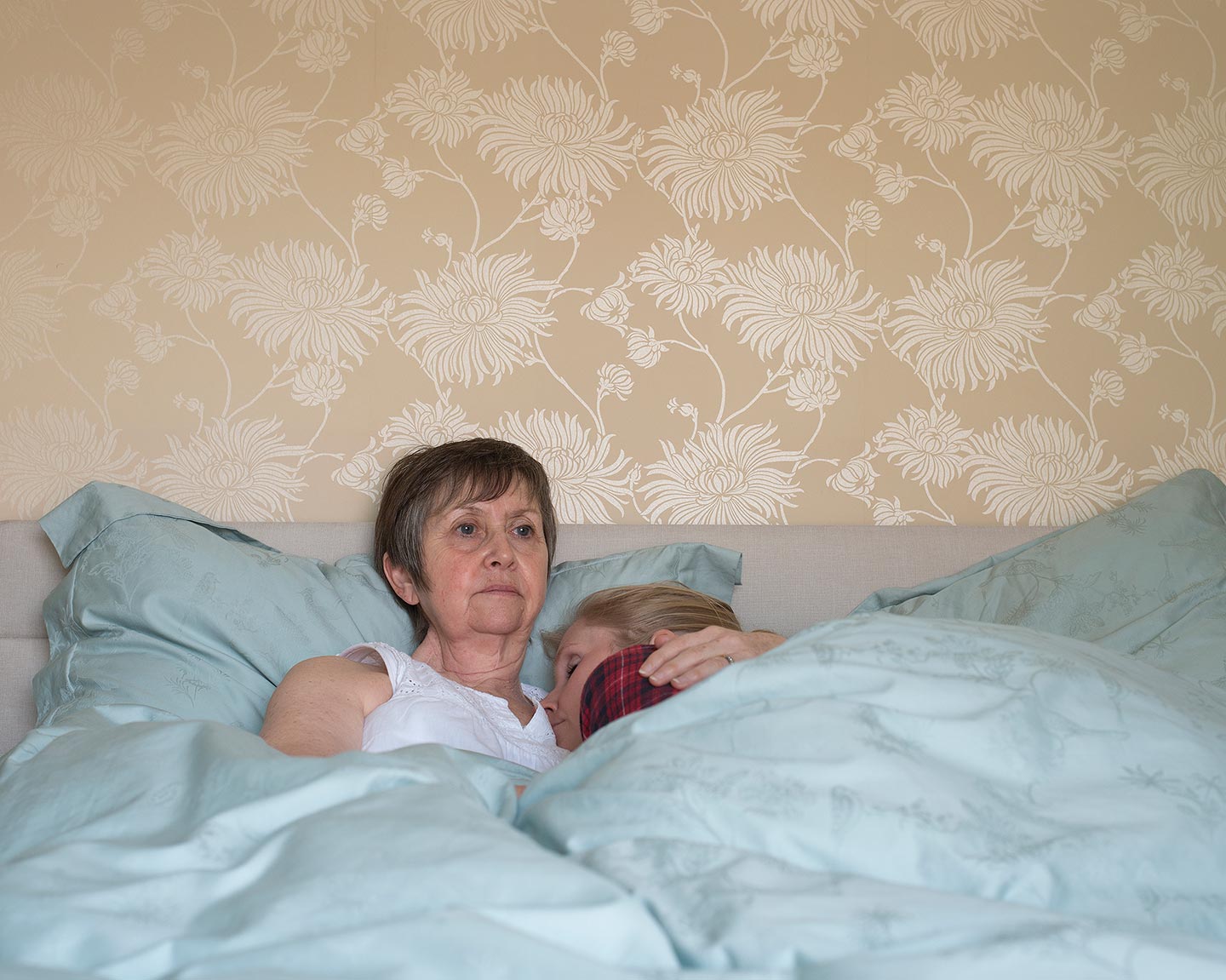
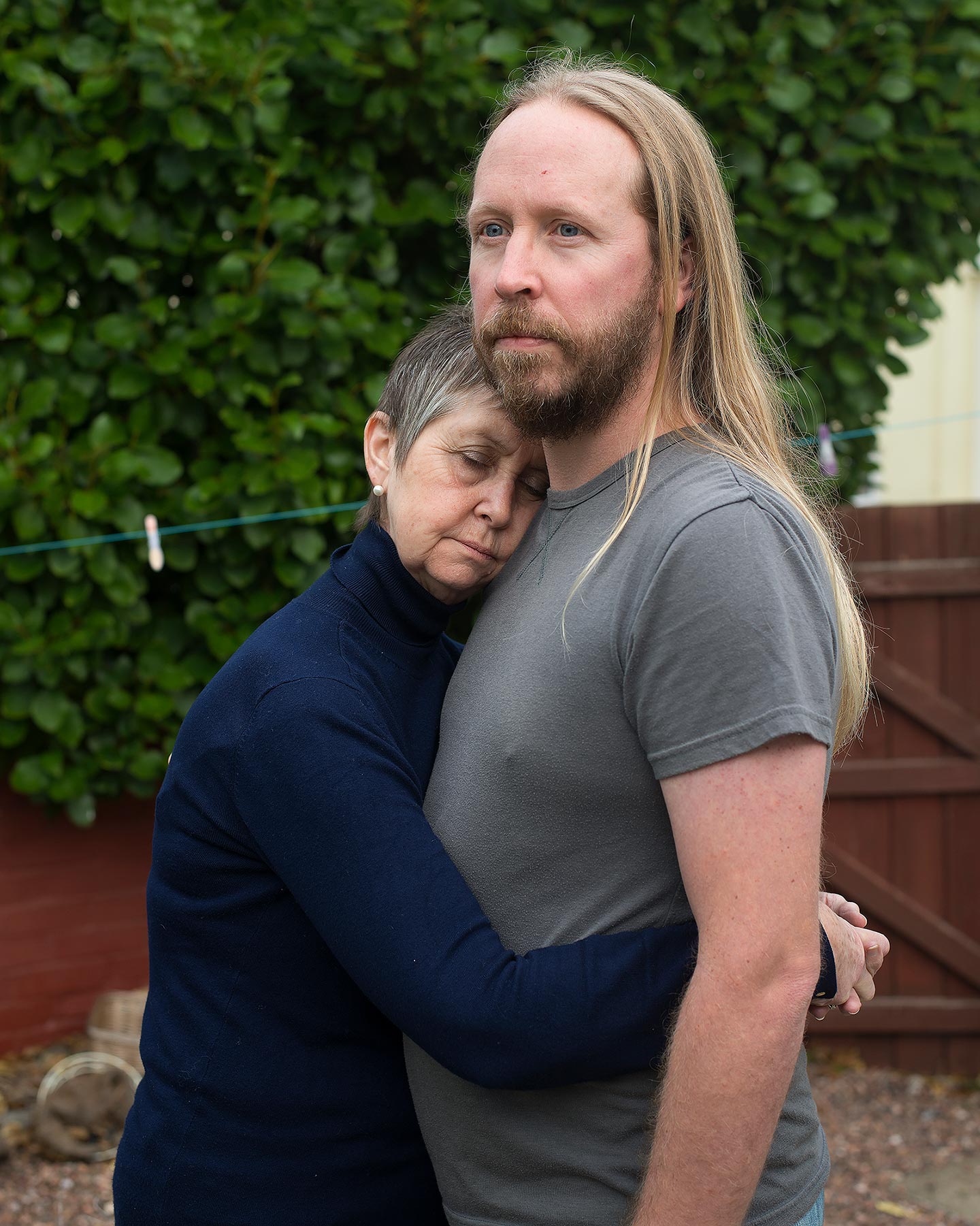
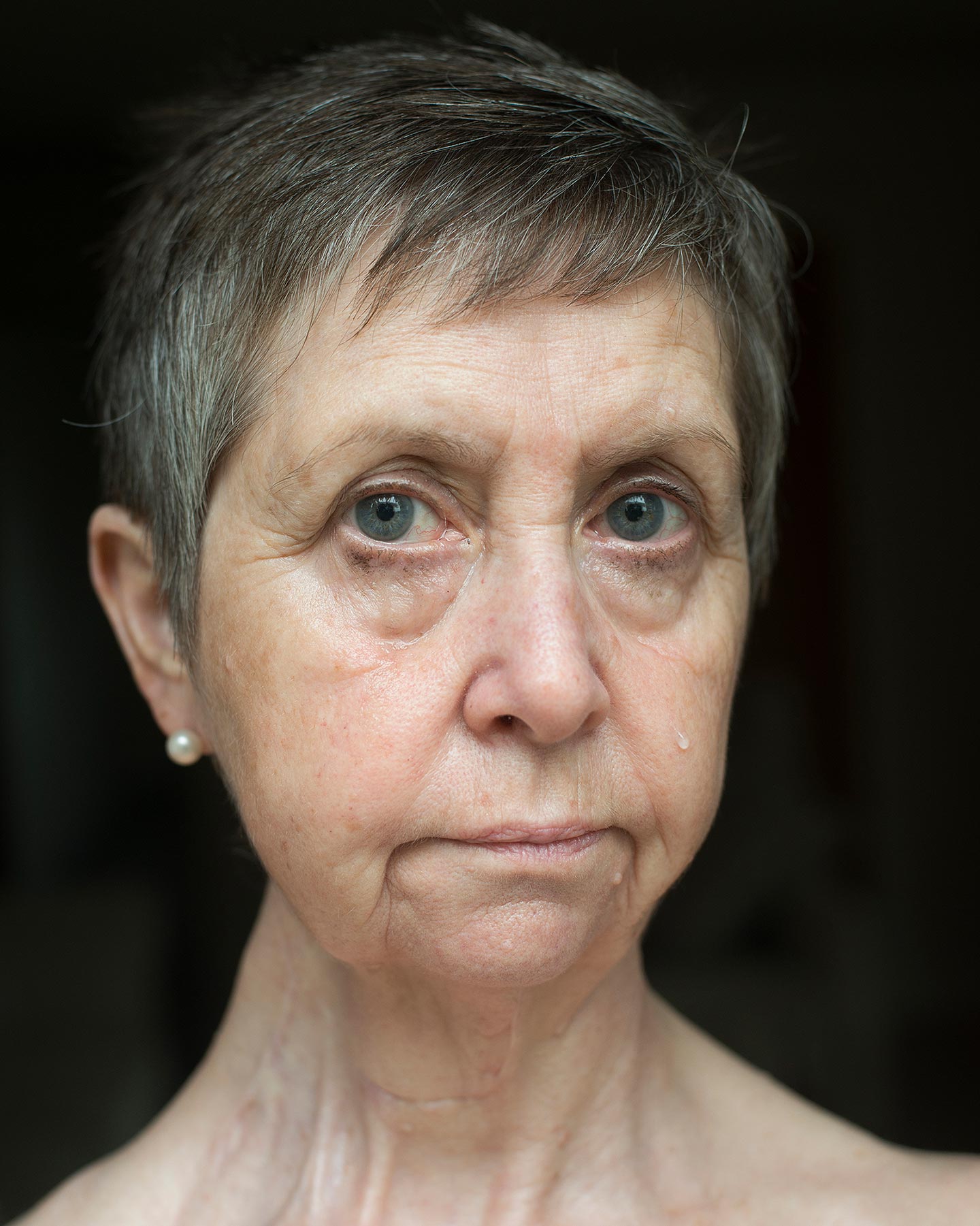
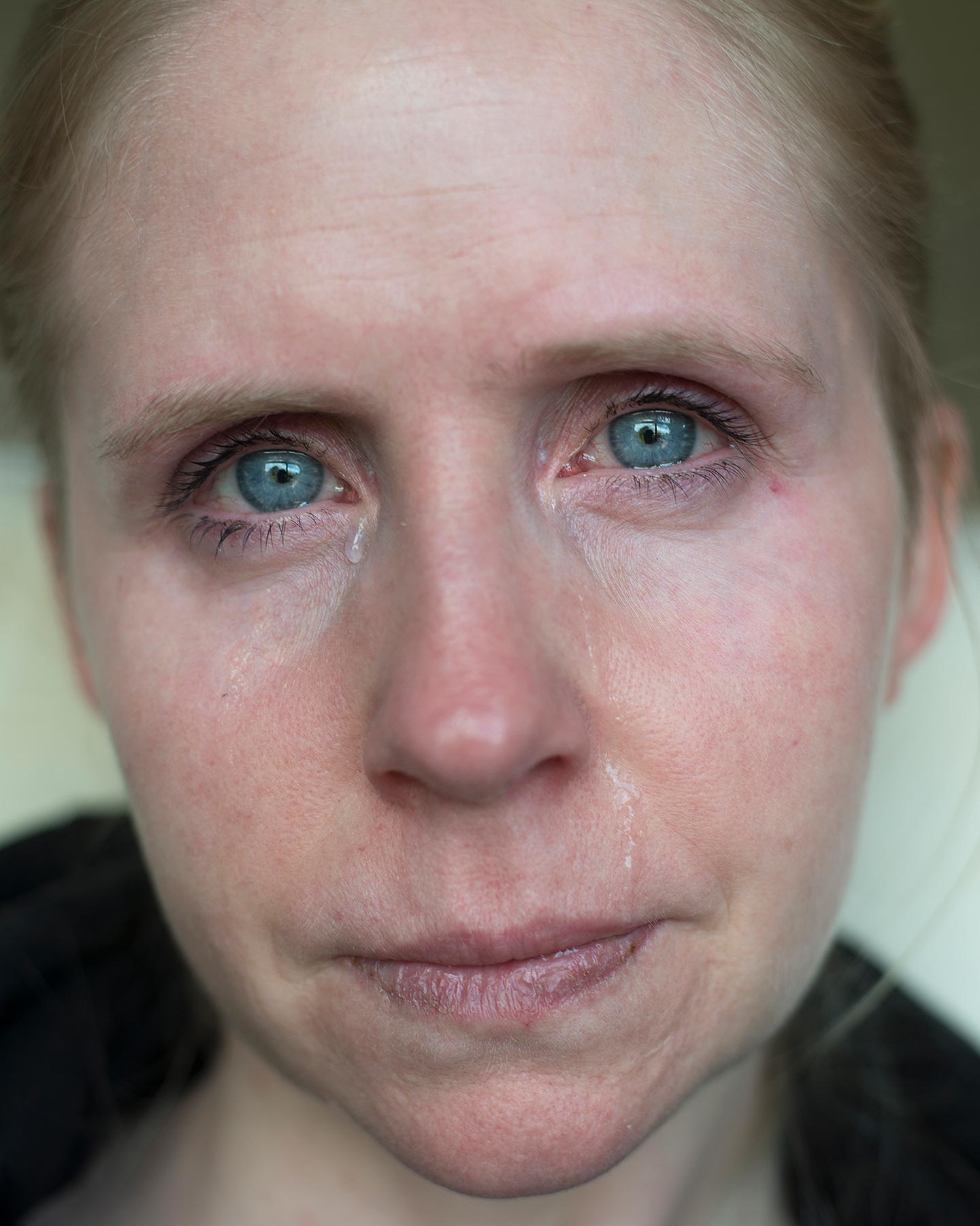
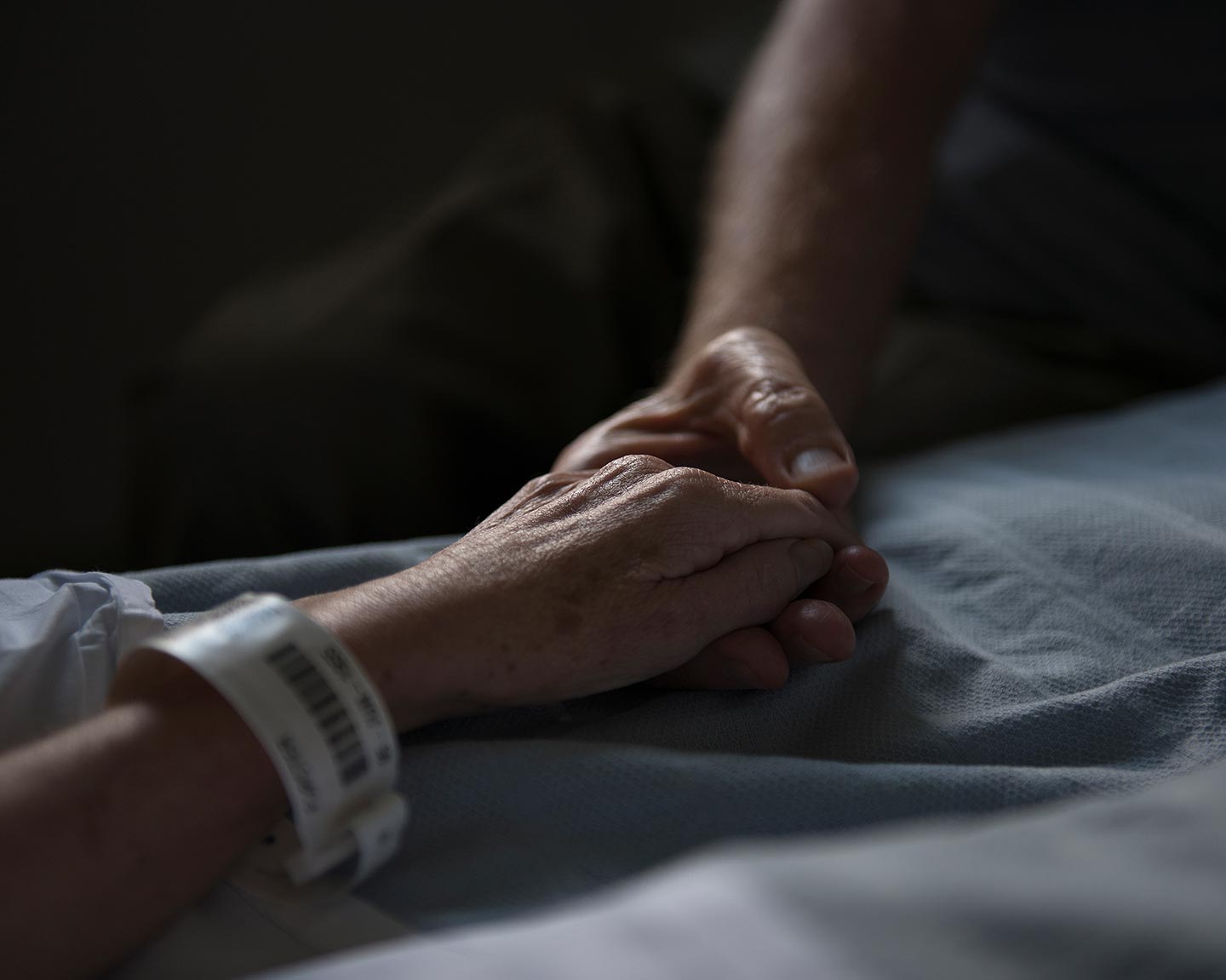
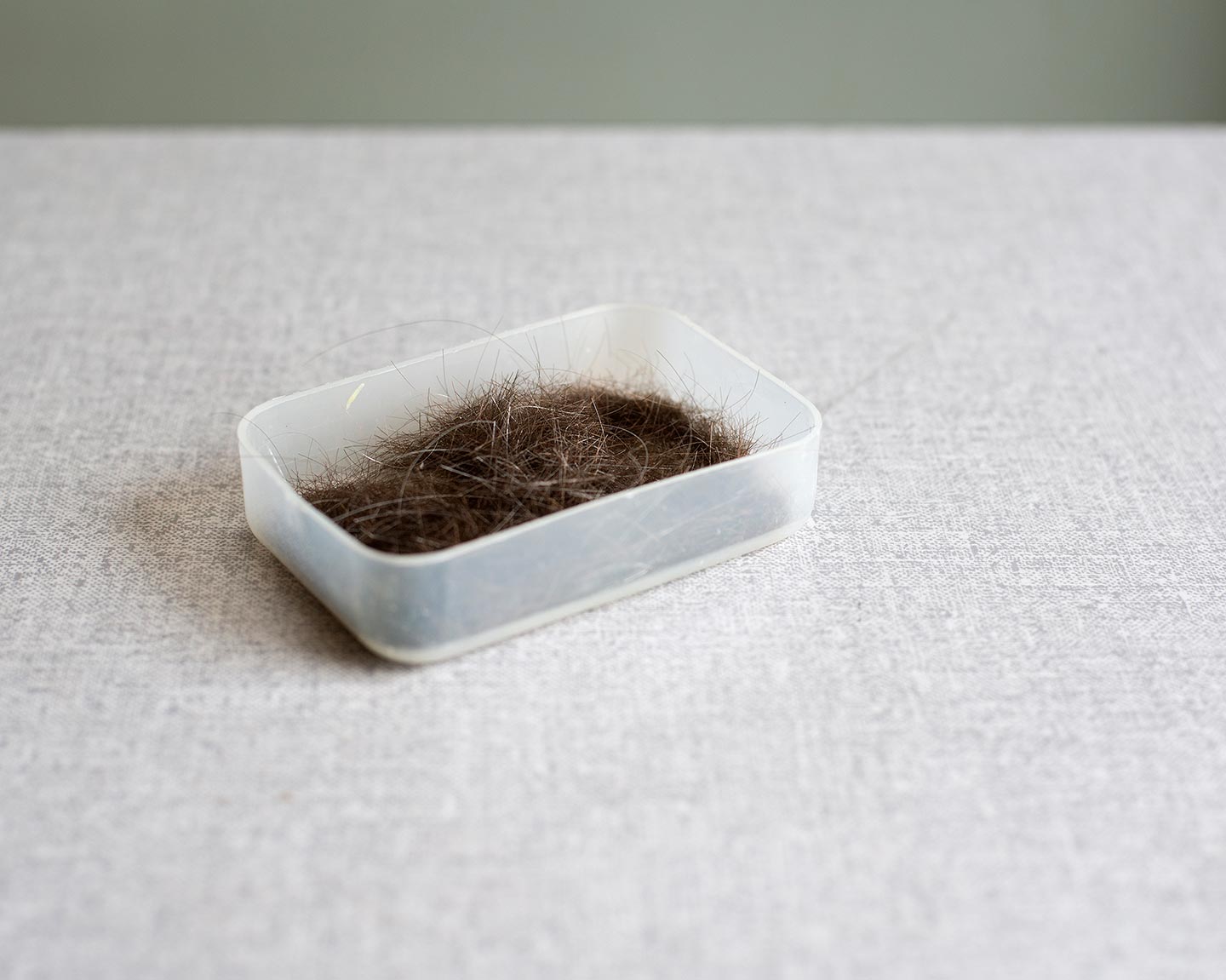
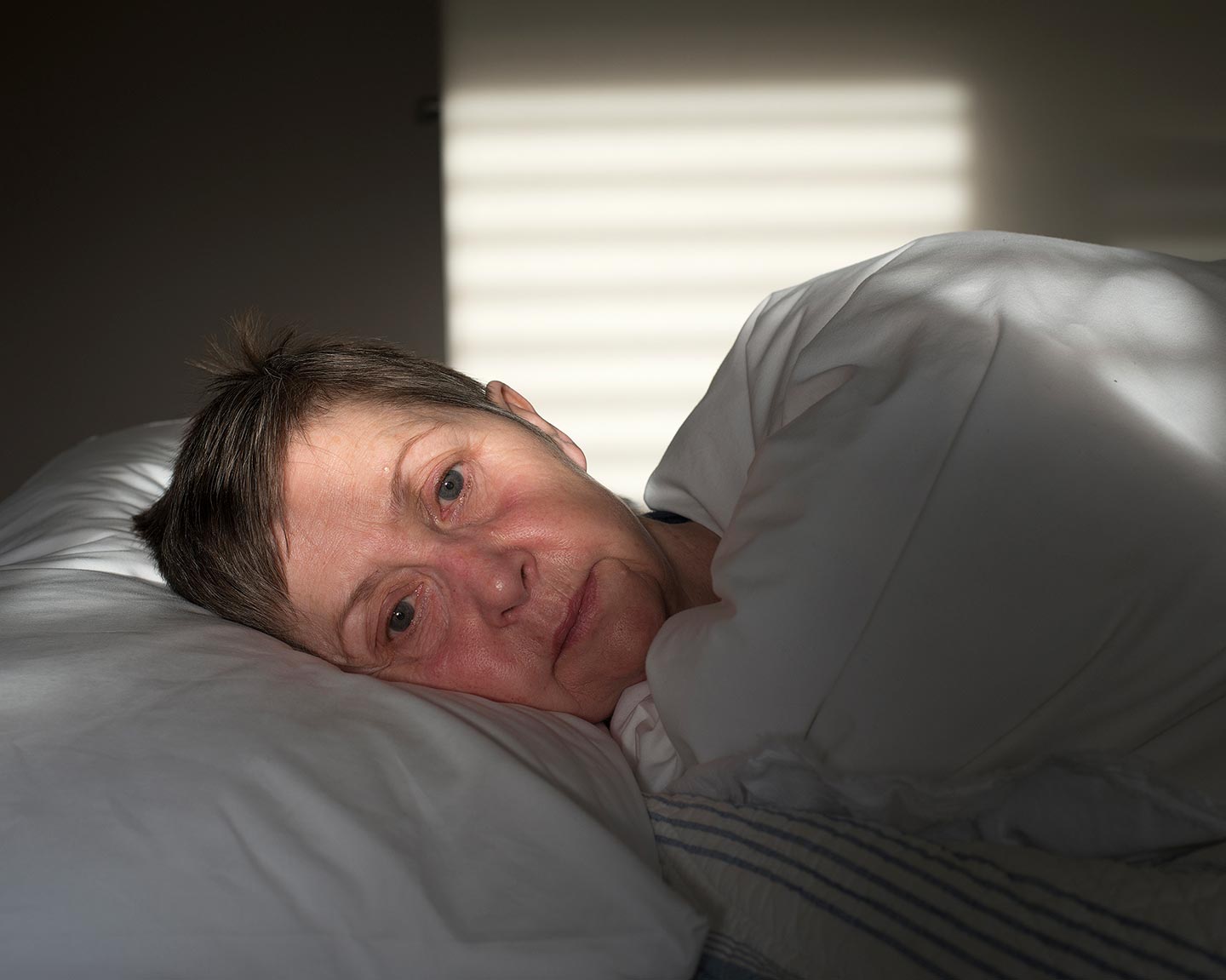
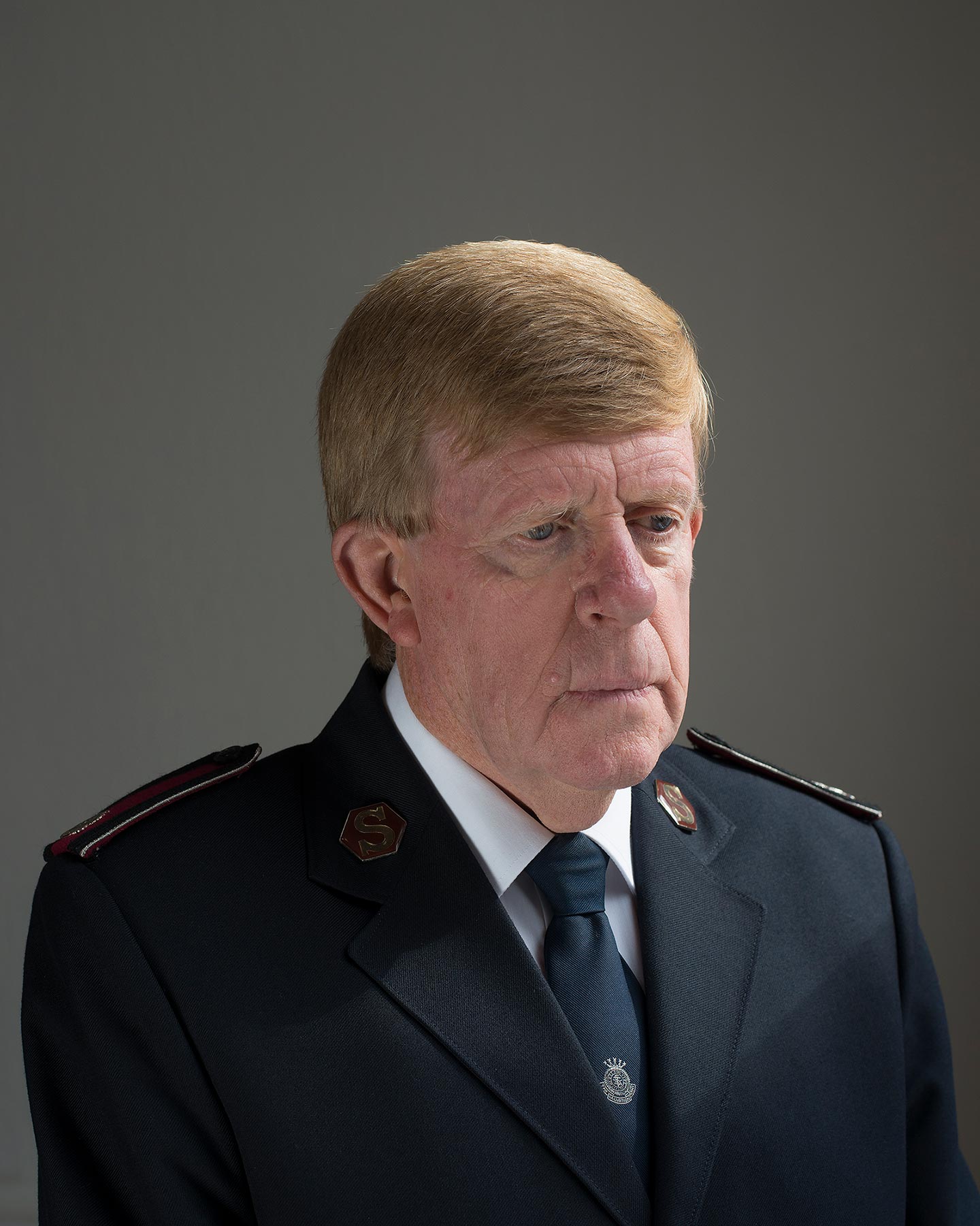

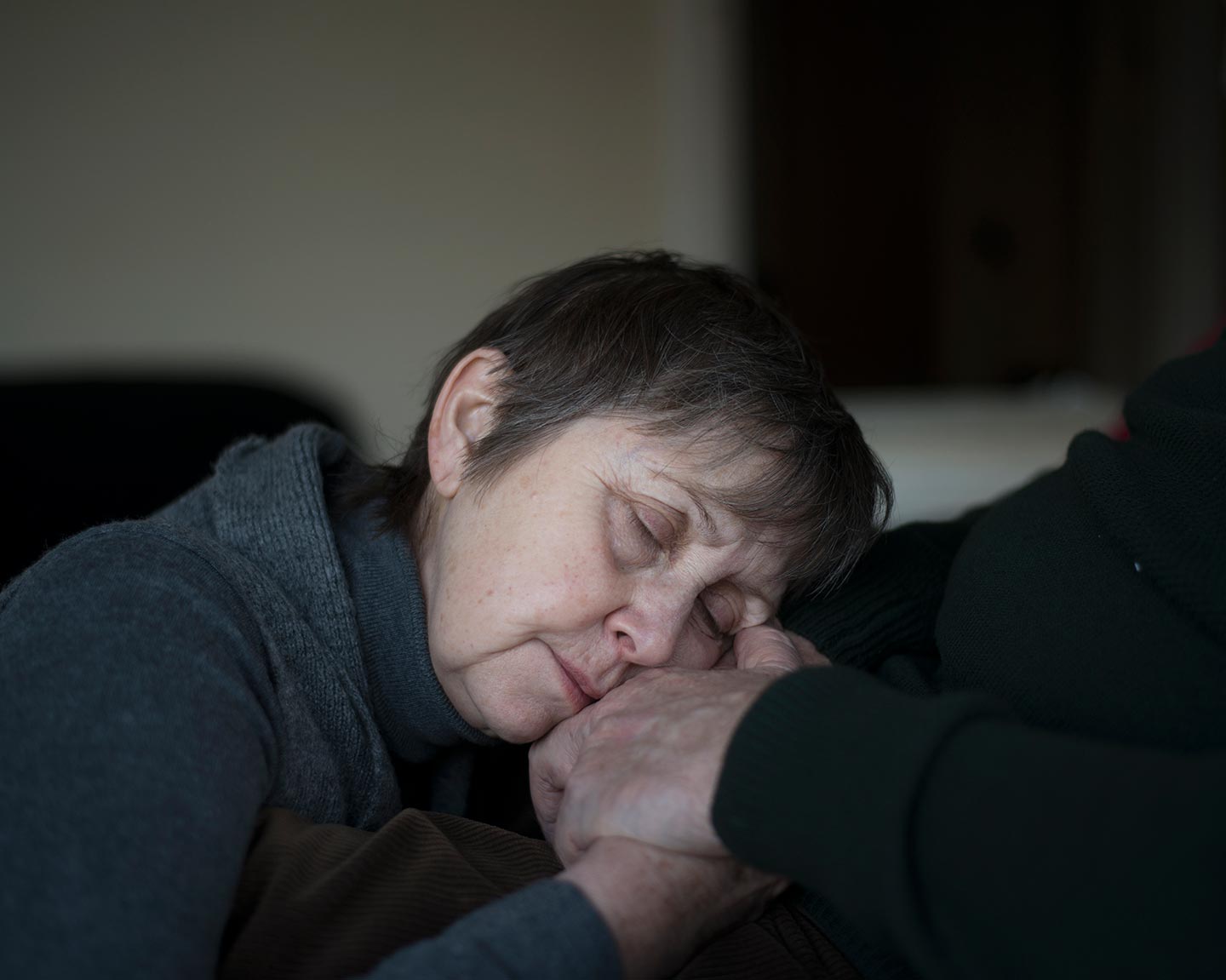
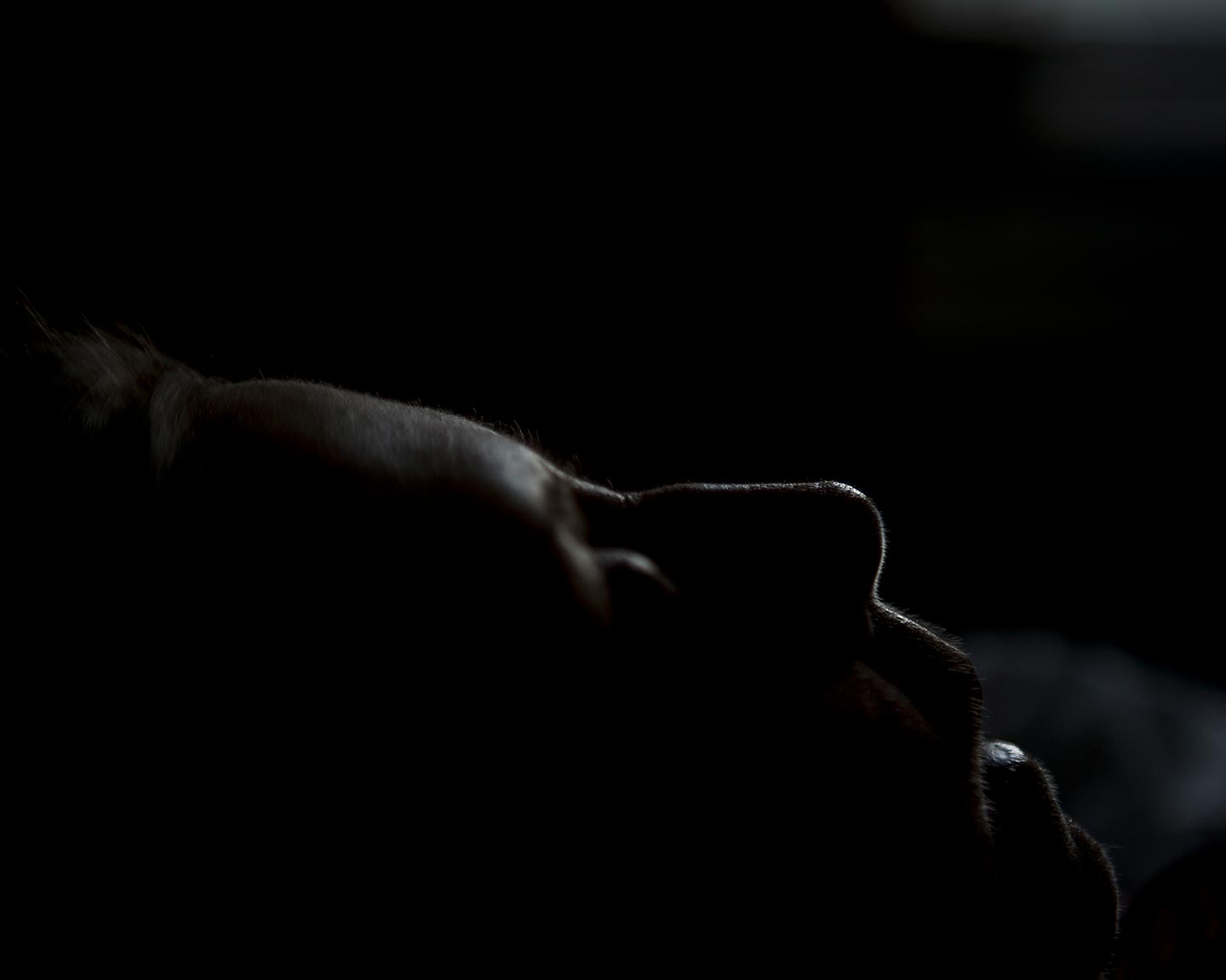
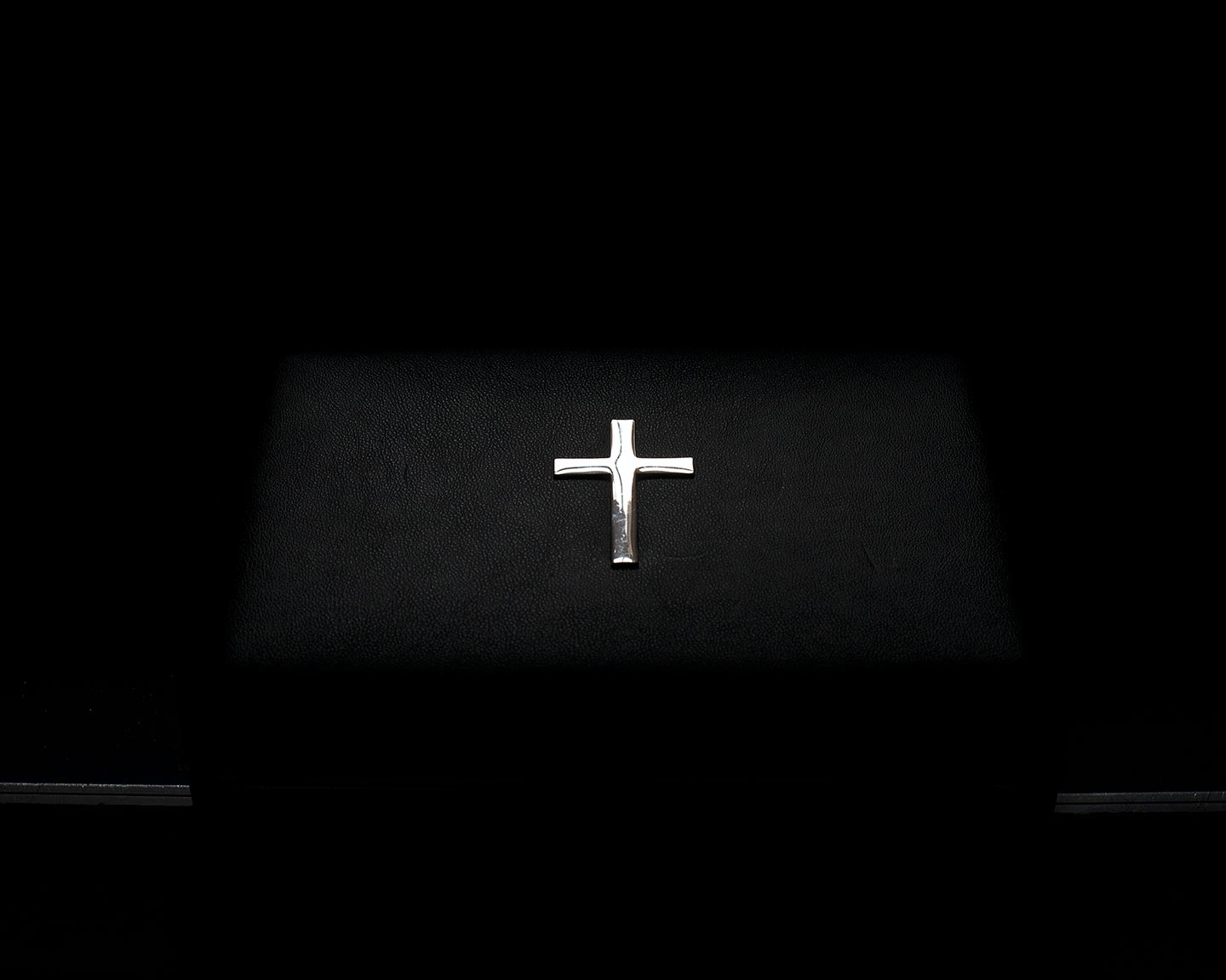
We’re featuring this project as one of the best series submitted to the recently closed #FotoRoomOPEN | Gnomic Book edition. (Did you know? We’re now accepting submissions for a new #FotoRoomOPEN call—the winner wins a solo show at Fotogalleri Vasli Souza. Find out more and enter your work).
God Has No Favourites by 34 year-old South African photographer Lauren Forster is a series of images Lauren shot during a very difficult—and very recent—moment in her life: “In 2016 my mother was diagnosed with secondary brain cancer and I began to document my family’s response to her illness until her death on August 17th 2018. The work explores universal narratives about family, love, loss, death, mortality, strength and fragility, and was driven by the desire to record my deeply personal struggle as this marked a transition in my life. Individually the images are straightforward, but collectively they result in an intimate series that remains a loving memorial to my mother.”
Lauren’s mother was diagnosed with metastatic melanoma in 2006 and was given two months to live: “I already had wanted to make a documentary during that time but something did not feel right and I still fully cannot understand why this was… When mum was diagnosed again in 2016 she asked me to make the documentary. I didn’t have a clear view in mind when I started making the work of what it would be about, from who’s perspective, what I wanted to communicate; I was simply taking images to keep me sane and as a way to spend time with my family. As the project developed, I let it guide me…”
Despite the emotional times they were going through, Laura’s family members, including her mother, were mostly not disturbed by the fact of being photographed: “Mum got involved in the work and would sometimes suggest that I document certain situations, in particular the image of myself and her in bed one morning was all her idea. It was extremely hard pointing the camera at my parents when they were upset, and I did have to ask them to hold on to a particular moment and the emotions that they were experiencing whilst I took some images. My family got very used to having the camera around and just accepted it as part of the ongoing process. They were completely themselves in front of the camera. The project developed in a very organic manner, and I slowly constructed a set of approaches in order to create a narrative emotionally grounded in my personal world. I always kept my camera with me and sometimes I did not take it out for days. Although I was not always taking pictures, it was the experiences that were just as important. My approach throughout the project changed constantly, and the work is a mixture of not looking and then being led by what I or other members of my family were feeling at any particular time. I learnt to observe the little details, to study the anatomy of the environment that I was in. There were times when I know family members became frustrated as I always had my camera with me, and it perhaps appeared insensitive at times. I too had moments of doubt and wanted to end the project as I felt I was hurting everyone around me, but this goes hand in hand with making work of this nature—you are on a constant rollercoaster.”
Towards the end of the project, and as her mother’s condition deteriorated, Lauren started having doubts about continuing taking photographs: “I really questioned why I was making the work and behind closed doors I truly beat myself up. It is inevitable during projects that you tend to lose faith and doubt what you are doing, but I kept going and realized that it was cathartic. I have had very frank conversations with my family after my mum’s death about the work and my father understands, if not fully, why I needed to take these photographs and was supportive throughout. Overall the project became collaborative and it was therapeutic, and at times alleviated some of the pain because you had something else to focus on. We were incredibly close and we shared such intimate and beautiful moments whilst making the project that it definitely helped with trying to make sense of what was going on around us at the time. ”
“It is impossible not to feel overwhelmed when making work of this nature,” Lauren comments about the images. “It is impossible to fully detach yourself from the process, otherwise how can you make anything with any emotion in it? It is difficult to communicate feelings in images if they are not embedded with emotion. But there does have to be some level of detachment at times. Some of my images were staged to a certain degree—I believe documentary photography has shifted and evolved to allow for more narrative translation, and the light that I used in the images became key to help translate certain emotions.”
God Has No Favourites formed the main part of the Master’s degree that Lauren was doing at the time: “Mum passed away on a Friday evening and I had to hand my MA in on the following Tuesday, followed by putting up an exhibition of the work. In a very peculiar way having to face mum’s death so head on was a good way to begin the grieving process: I had no other choice than to face what was happening. I have really struggled looking at the work recently as mum’s death has only just started to seem real.”
Lauren hopes the work encourages people to talk more openly about death: “No one likes to but we should. You can never prepare yourself for the death of a loved one, but talking about ‘the end’ and making sure you say everything that you want to, I have realized, is so important.” Her main sources of inspiration while shooting God Has No Favourites were “my family, our personal experiences and the conversations that we shared. I also started to go out for very long walks alone to a particular location that my mum used to visit, and I began looking at matters from both a temporal and anthropological point of view, engaging with psycho geography and phenomenology, which is a philosophy of experience. Towards the end of the project I was working in a very different way and being influenced more by my surroundings. Whilst searching for coping mechanisms I read Haider Warraich’s book Modern Death—it is such an honest perspective on what dying means in contemporary society and highlights just how intricate death is. We as a society tend to shy away from talking about death and it can make ‘the end’ very complicated. ”
As for photographic works she looked at, Lauren lists Still Here by Lydia Goldblatt, All the Days and Night by Doug DuBois, Days with my Father by Philip Toledano, My Mother, My Cat, My Father, in That Order by Sophie Calle, The Solitude of Ravens by Masahisa Fukase and Einer, Zwei and Drei by Fred Huning (“All of these projects are incredibly beautiful, quiet and poetic in their own way“).
Lauren’s main focus as a photographer is on portraiture: “My interests and tastes have changed over the years, but I am a portrait photographer really. I have always been interested in people and my work has always been driven by my fascination with the human condition. My family, health and religion have always been the stimuli for my photography.” Some of her favorite contemporary photographers are Christopher Nunn, Raymond Meeks, Lewis Khan, Spencer Murphy, Robert Darch, Bryan Schutmaat, Pieter Hugo, Michal Chelbin, Jo Metson Scott and Sian Davey. The last photobook she bought is Photographs Not Taken by Will Steacy; the next she’s going to buy is Halfstory Halflife by Raymond Meeks.
Lauren’s #threewordsforphotography are:
Understand. Quite. Intimate.
Keep looking...

FotoCal — Photography Awards, Grants and Open Calls Closing in October 2024

FotoCal — Photography Awards, Grants and Open Calls Closing in September 2024

FotoCal — Photography Awards, Grants and Open Calls Closing in August 2024

FotoCal — Photography Awards, Grants and Open Calls Closing in July 2024

FotoCal — Photography Awards, Grants and Open Calls Closing in June 2024

FotoCal — Photography Awards, Grants and Open Calls Closing in May 2024

FotoCal — Photography Awards, Grants and Open Calls Closing in April 2024




